Broad Concept
Japan, similar to the other countries located in the Pacific Rim is in the active seismic zone, highly prone to frequent occurrence of earthquakes. A country booming with modern infrastructure and technology is also a frequent target of inconsistent occurrence of ground shaking. More than 30% of electricity is generated from nuclear reactors in Japan. With Nuclear power energy as a national strategic priority, there are 42 operable reactors in Japan out of which 9 reactors in 5 power plants are in operation as of February 2019. With large number of nuclear reactors under functioning, the consequence of a hazard is also highly probable. The International Atomic Energy Agency (IAEA) had also expressed their concern regarding the ability of the power plants in Japan to withstand earthquakes. In G8’s Nuclear Safety and Security Group meeting of 2008 an IAEA expert also warned how a high intensity earthquake could result to a ‘serious problem’ in Japan’s power plants.
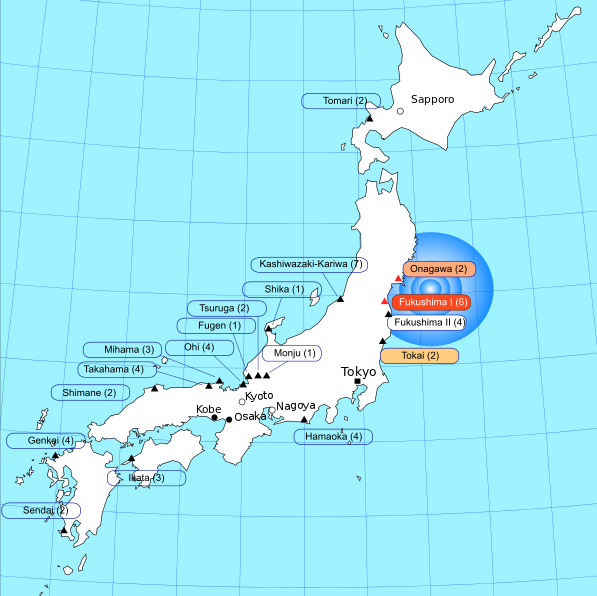
2011 Tohoku Earthquake and its consequence
March of 2011 was an unforgettable day in the history of Japan. An earthquake of magnitude 9.0 hit the Great East of Japan on Friday around 2:46 pm. The epicentre was located 130 km offshore Sendai city on the eastern coast of Honshu Island. Honshu island, in economy perspective, bears important parts of Japan. Geologically speaking, as the result of Earthquake, the seafloor extending 650 km north-south moved around 10-20 metres horizontally while Japan moved a few metres east.
Fukushima Daiichi Nuclear Plant is an active nuclear reactor facility located in the coastal line of Fukushima Prefecture (north east part) near the epicentre of the earthquake. Though the power plant could easily withstand the seismic waves of the earthquake, after 50 minutes of the occurrence of the earthquake, a large tsunami wave of 15 metres hit the coastal line which impacted the integrity of the power plant thereby causing a huge nuclear disaster to be inscribed in Japan and the World as one of the greatest nuclear disasters.
The earthquake and tsunami themselves resulted in the human death toll of more than 19,000 with huge infrastructural damage to the coastal areas (ports and towns), and over million buildings destroyed or collapsed. The tsunami inundated about 560 square km.
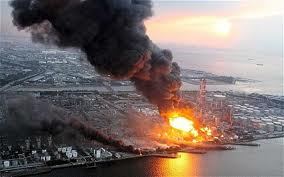
Fukushima Daiichi Nuclear Accident
During the occurrence of Earthquake, 11 reactors were operating at 4 nuclear power plants in the region. As soon as the earthquake hit, all of them automatically shut down which was a part of their design strategy. Those operating units were Tokyo’s Electric Power Company (TEPCO) Fukushima Daiichi 1,2,3, and Fukushima Daini 1, 2, 3, 4, Tohoku’s Onagawa 1, 2, 3, and Japan’s Tokai. Further research on the earthquake showed that there was no significant damage as a result of earthquake, but, several problems in Fukushima Daiichi occurred as the impact of the tsunami waves.
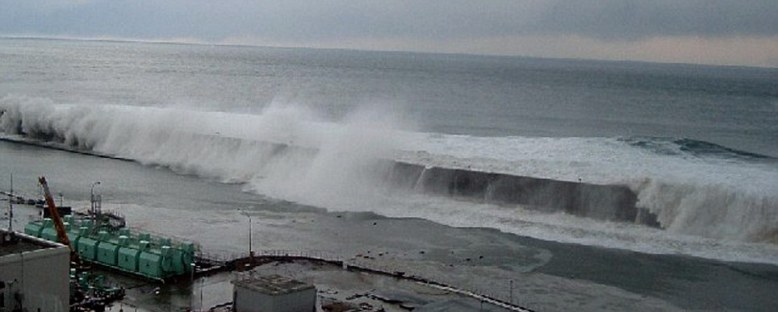
Impacts of the Tsunami waves in Fukushima Nuclear Reactors
- The largest tsunami wave was 15 metres high which occurred after 50 minutes of the earthquake, and surpassed the plant’s seawall that was 10m high.
- The water from the waves resulted in flooding of the low-lying rooms.
- Loss of power to coolant water pumps as a result of flooded diesel generators and heat exchangers.
- Three units 1, 2, and 3 lost the ability to maintain proper reactor cooling and heat exchanging functions.
- Insufficient coolant led to meltdowns in Fukushima reactors 1, 2 and 3, leading to release of radiation.
- Melted materials fell to the bottom of containment vessels of reactors 1 and 3, creating holes in the floor of each vessel.
- The holes partially exposed nuclear material.
- Explosions in reactors 1, and 3, between March 12 and 14 as a result of building up of pressurized hydrogen gas in containment vessels and buildings.
- Third explosion on reactor 2 as a result of damage in the containment vessel with fuel rods, which during the first explosion punched hole in the vessel.
- Nuclear radiation and melted material exposed in the areas surrounding the reactor and power plant.
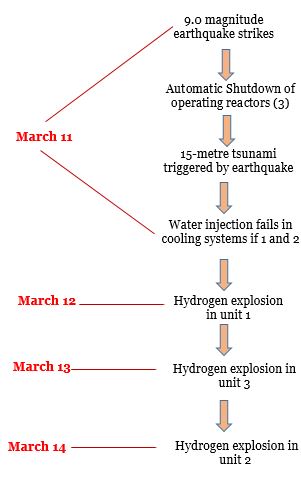
The disaster came to become the most dangerous nuclear disaster after Chernobyl Disaster of 1986 rated as 7 on International Nuclear Event Scale (INES).
Radioactive emissions
Radionuclides such as caesium, iodine got released during the event of explosion. The main source of radioactive emissions were the hydrogen explosions in unit 2. Shortly after, 19,554 employees were tested, radio contamination ranged from 5O mSv to 678 mSv, onsite. 500 mSv is the international allowable short term dose for emergency workers, while for normal workers it is 20 mSv per annum and for normal citizens 1 mSv per annum. Those workers who received radiation doses above standard were told to have levels below that would cause radiation sickness.
Post disaster scenario (response)
According to Reconstruction Agency, earthquake and tsunami destroyed or damaged more than a million buildings that resulted to 470,000 population requiring immediate evacuation, out of which some 154,000 victims increased due to nuclear accident
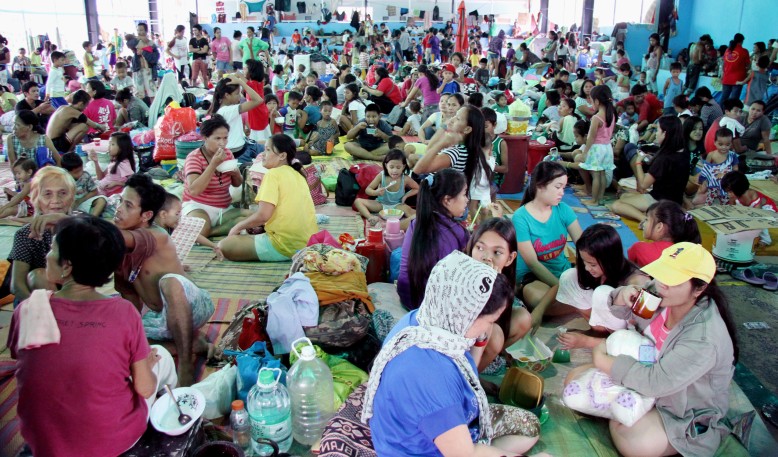
Evacuation
Three-stage evacuation process was taken under action by the government:
- A prohibited access area out to 3km
- An on-alert area 3-20km
- Evacuation prepared area 20-30km
Some 170,000 victims were evacuated from their homes, while they were allowed for limited return from 2012. As of October 2013, 81,000 evacuees remained displaced due to government’s concern of getting exposure.
Months later, following the nuclear accident, apart from 20 km radius evacuation zone, additional 207 square km was also designed for evacuation. Due to high contamination of radioactive materials, even after few months, the radiation level still remained high so, the government officials stated that the area could be uninhabitable for few more decades. Despite saying this, the government further stated in some zones beyond 20 km radius (zone of evacuation) evacuees could return to their homes.
As of 2017, all the evacuation orders from areas outside evacuation zone were lifted. Evacuation was told to be the biggest mistake the government did in responding to the disasters!
Compensation
Many reports have been saying that the nuclear accident resulted to more ‘indirect deaths’ compared to the earthquake and tsunami. The cause of indirect deaths was found to be physical and mental stress because of long stays at shelters and lack of basic health care at the starting phase as most of the health institutions remained closed due to the disaster and eventual nuclear accident.
The evacuees receive $1,030 per month for psychological suffering compensation, while report from Reconstruction Agency states that around $30 billion has been paid to 84,000 nuclear accident refugees.
Many evacuated people still aren’t fully able to return home due to government mandated restrictions.
Water Contamination
Many reports suggested that nuclear contaminated water from the eastern Pacific water were detected to have traveled through the Pacific Ocean to reach western seaboard of the United States, however, it was revealed that the total radiation levels were not high enough to pose any direct risk to human life and were far less than the levels provided by the guidelines of the Environment Protection Agency.
Health
In the accident, no acute radiation injuries have been observed, including the people involved in the operation of the nuclear plant. Approximately 1,600 deaths were related to evacuation conditions. From a 2013 WHO report, it has been projected that more than 70% of the victims from the affected area have the risk of developing thyroid cancer, if they were exposed when they were infants, with others risks involving breast cancer in females and leukaemia in males.
Thyroid cancer, physical abnormalities, leukemia among young children due to radiation exposure was ruled out by the government. The government is still reluctant to acknowledge
the fact that several health risks occurred due to radioactive contamination, with many reports proving so.
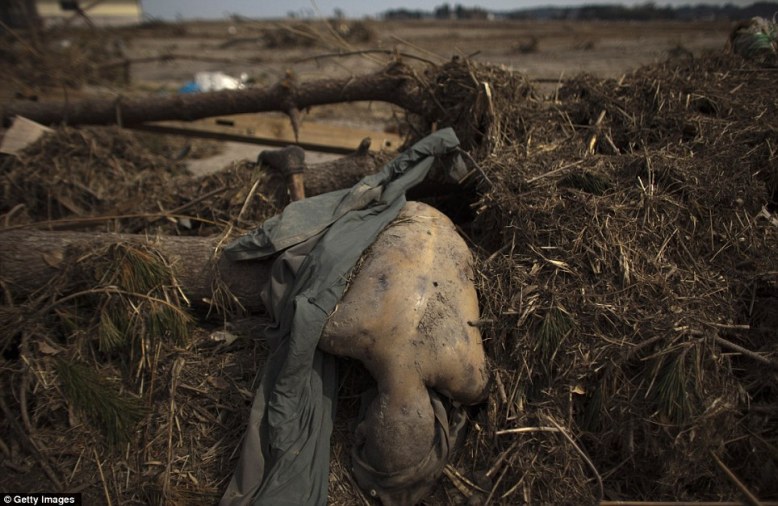
The accident could have been avoided!
- NAIIC discovered that the causes of the accident had been foreseeable, but the operator TEPCO had failed to meet the basic safety requirements such as risk assessment, preparedness for risk, and developing evacuation plans
- Few days before the occurrence of the nuclear accident, META was handed out a report from US Departments of Energy Survey regarding increasing radioactive pollution in the power plant site, which was ignored and hidden by the Government from the public
- Regulatory capture associated with ‘network of corruption, collusion, nepotism’.
- Inadequate legal system for nuclear crisis management
- Ignored researches by the government cabinets and TEPCO regarding occurrence of tsunamis taller than 5.6 metres
Reluctant Japanese Government Finally Recognizes One Victim!
In spite of several hesitations, the Japanese government for the first time recognized that a worker at the Fukushima Daiichi nuclear power plant died due to radiation exposure. The man was in his 50s and died due to long cancer, proven to have occurred due to radiation exposure while he was working along with other three workers during accident. The other three have been given compensation for their illness but their illness hasn’t been linked with radiation. Still, it had been said that he was exposed minimally.

Fukushima’s Ghost Towns
The town at present is still dead with motionless streets, bleached clothes on the clotheslines due to years of sunrays can state the city had been unhabitated for a long time. Towns, empty, lifeless, motionless.
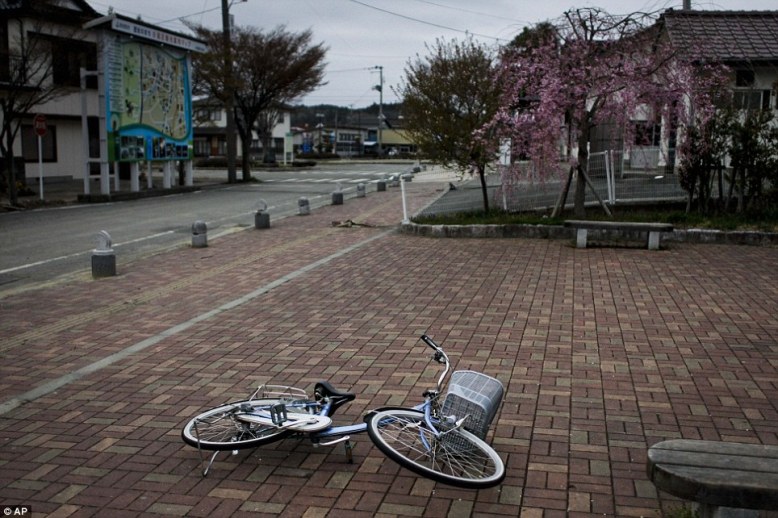
Conspiracies or controversies?
!!! What about other villages away from 20km radius?
They also experienced high amount of radiation exposure, sadly, the government recognized the fact months later. The locals in those villages like Litate had already been exposed to unnecessary high amount of radiation. In addition, the evacuation order was taken into action very late, and the victims weren’t given any perks of compensation like the ones within the risk zone got.
‘Mitsuta, a social worker from Friends of the Earth, Japan, says she believes the government has been trying to make the damage and the victims of the nuclear disaster invisible, in contrast, the media has been telling positive things of the government like their continuous effort in reconstruction in Fukushima.’
Migrants are being given false hope of getting their visa extension if they worked in decontamination of Fukushima towns.
Foreign labors with no knowledge regarding the accident were counselled to work on decontamination.
The Japanese workers refused to work on decontamination, so the actual victims were given the work on decontamination.
My opinion after the review of the Fukushima-Daichii Nuclear Accident: Government is still hiding the truth!
After thorough review of number of reports and articles regarding the infamous Fukushima nuclear accident, I came to realise that administration plays a major role in addressing issues as such. The people who own companies like TEPCO which might cause fatal disasters not only to their economy, but also disrupts and risks the health and economy of uninvolved personnel should themselves bear the responsibility of realising the risk. In addition to this, from one of the reports, I found that it was the government’s negligence in assessing the risk of the power plant consequently resulted to this accident.
Japan is one of the most developed countries in the world, their hi-tech devices are known to be the most advanced gadgets and bought all over the world for their futuristic technology. As recent as the year 2011 is, Fukushima nuclear accident came to be one of the world’s most dangerous nuclear disasters. With technology as advance as Japan’s, they should have been able to avoid the accident, and in the worst case scenario, even if such accidents might occur, they should be able to respond tirelessly, not recklessly as the case study shows. Continuous ignorance of the warnings given by experts, over estimation of their preparedness level and negligence in monitoring and evaluation of the power plants should be the main reasons why the nuclear accident turned into a reality. Not only that, providing just compensation to the victims of earthquake, tsunami and nuclear accident is never going to be enough! The Japanese government should also recognize the victims of the nuclear accident.
Till present, only one has been recognized, and in 2018, that is 7 years after encountering the accident. To me, it seems that there might be many other victims, but there could be some massive cover up regarding how many victims were actually exposed to radiations. That definitely questions whether nuclear energy is a safer option of renewable energy or not! With many reports saying no victims were exposed even to minimum threshold level of radioactivity, but with the increasing number of children suffering from thyroid and leukaemia, I sense something rather opposite.
All in all, in my opinion, without crystal clear transparency from the administrative to community level, with clearly designated roles and responsibilities and recognizing the weakness, any country whether developed, developing or underdeveloped cannot withstand human made or natural disaster.
References
60Overtime. (2018, 11 25). Fukushima’s Ghost Towns. Retrieved 3 19, 2019, from 60 Minutes aOvertime: https://www.cbsnews.com/news/fukushima-daiichi-nuclear-disaster-ghost-towns-60-minutes/
Al Jazeera and Agencies. (2012). Japan Says Fukushima Disaster Was ‘Man-made’.
Analysis: A Month on Japan Nuclear Crisis Still Scarring. (2012). Australia: International Business Times.
Britannica. (2011). Fukushima Accident. Retrieved 3 19, 2019, from Britannica: https://www.britannica.com/event/Fukushima-accident
Buesseler, K. O., Jayne, S. R., Fisher, N. S., Rypina, I. I., Baumann, H., Baumann, Z., . . . Yoshida, S. (2012). Fukushima-derived Radionuclides in the Ocean and Biota of Japan. Proceedings of the National Academy of Sciences, (pp. 109 (16): 5984-88).
Clin, J. (2012). Fukushima Daiichi Nuclear Power Plant Accident: Facts, Environmental Contamination, Possible Biological Effects, and, Countermeasures. Journal of Clinical Biochemistry and Nutrition, 50 (1): 2-8.
Fackler, M. (2012). Nuclear Disaster in Japan was Avoidable, Critics Contend. The New York Times.
Fernquest, J. (2015). Japan Floods: After Typhoon, Rivers Overflow, Nuclear Water.
Fukushima Daiichi Accident. (2018, 10). Retrieved from World Nuclear Association: http://www.world-nuclear.org/information-library/safety-and-security/safety-of-plants/fukushima-accident.aspx
International Atomic Energy Agency. (2016, 3 10). Fukushima Nuclear Accident. Retrieved from International Atomic Energy Agency: https://www.iaea.org/newscenter/focus/fukushima
Nebehay, S. (2013). Higher Cancer Risk After Fukushima Nuclear Disaster. Reuters.
Norwegian Institute for Air Research. (2011). Reactor Accident Fukushima- New International Study. Norwegian Institute for Air Research.
Reconstruction Agency. (2016, 6 2). Reconstruction Agency. Retrieved 3 19, 2019, from Reconstruction Agency: http://www.reconstruction.go.jp
Time. (2018). Japan Acknowledges the First Radiation-Linked Death from the Fukushima Nuclear Disaster. California, USA: Time.
